Academician Xue Qikun: Three levels of research
Author:Scientific network Time:2022.08.05
Recently, Xue Qikun, an academician of the Chinese Academy of Sciences and the president of Southern University of Science and Technology, and some of the winners of the "Scientific Exploration Award" and young scholars in the University of Science and Technology, shared their experiences and experiences on the road of scientific research based on the title of "three levels of research". Essence He encouraged young scientists to not be afraid of frustration and fail, firmly impact the ideal and beliefs of the frontier of science, and climb the peak of science.
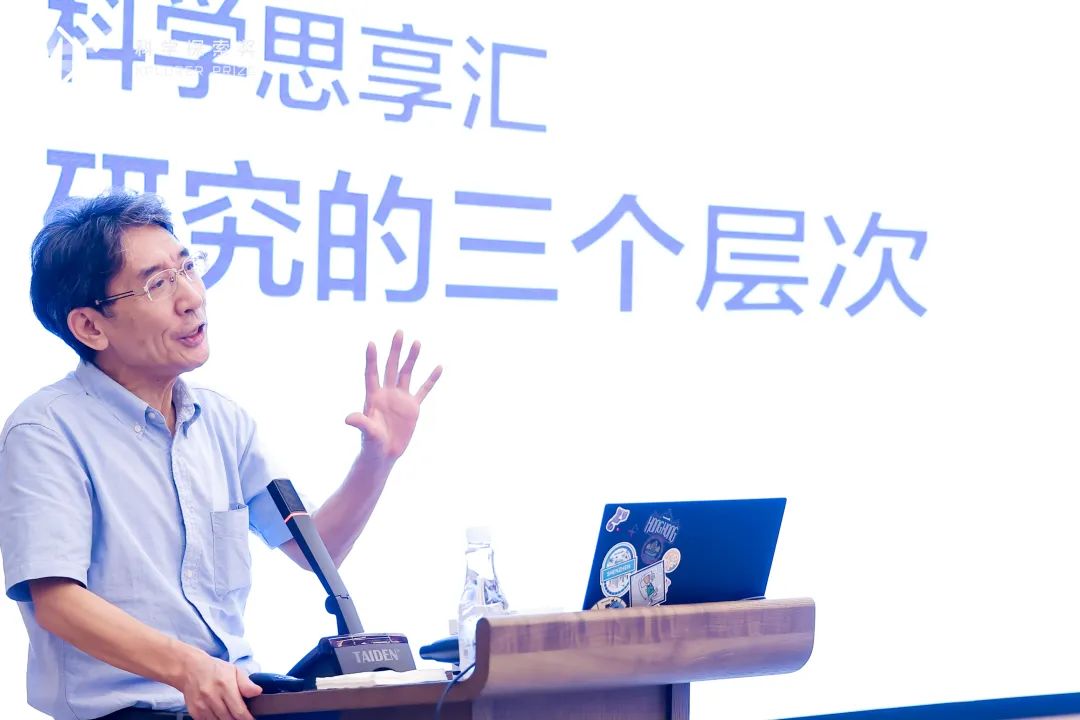
Xue Qikun shared with young scholars during the "Scientific Exploration Award" interdisciplinary exchange activity
The following is a selected sharing content
In this very warm academic exchanges today, I want to talk about the three levels of research from the three areas I are familiar with.
The first is the instrument. The "instrument" here can be research tools, theoretical tools, or experimental methods or theoretical methods. This is the "Diamond Diamond" of our scientific research. It is a weapon for theoretical research, experimental or engineering research.
Followed by materials. That is, our research objects, it can be life sciences such as monkeys, mice and plants, or non -life forms in material science. All scientific research should be "pinned" on these "materials".
The third is discovery. Here mainly refers to scientific discoveries, the discovery of theoretical research, or the discovery of experimental research.
Let me talk about my understanding of scientific research from the above perspective.
1. From the perspective of instrument perspective, the three levels of scientific research
In this field, we can divide research into three levels:
The first level is invention. For example, invented a brand new scientific instrument, a brand new theoretical method, a new experimental technology, and a new method of studying nature. This can be called "from 0 to 1", that is, it created what was originally not.
The second level is to expand. It means that we use different ways and means to expand the function of tools or instruments to obtain the function of instrument function. This process can be called "from 1 to 10".
The third level is application. Use the tools or instruments to change the world, to promote economic and social development, and improve the people's happy living standards. This process is "from 10 to 100".
Sometimes the invention of "from 0 to 1" is the most important, and sometimes the application of "from 10 to 100" is also important. Therefore, when we talk about the breakthrough research of "from 0 to 1", we must not ignore the development of "from 10 to 100". This is a complete innovation chain. For example, some people have studied small technical progress such as "from 8.0 to 8.1", and some people have studied "from 10 to 20" technological changes. Everyone can perform very wonderful performance at different stages.
Take the scanning tunnel microscope as an example
Electronic microscope had been invented as early as the 1930s, and the invention of scanning tunnel microscope was relatively late. In 1981, it was invented by German scientist G. Binnig and Swiss scientist H. Rohrer. It is worth mentioning that five years later, in 1986, the two of them, Ruska, the inventor of the electronic microscope, won the Nobel Prize in Physics.
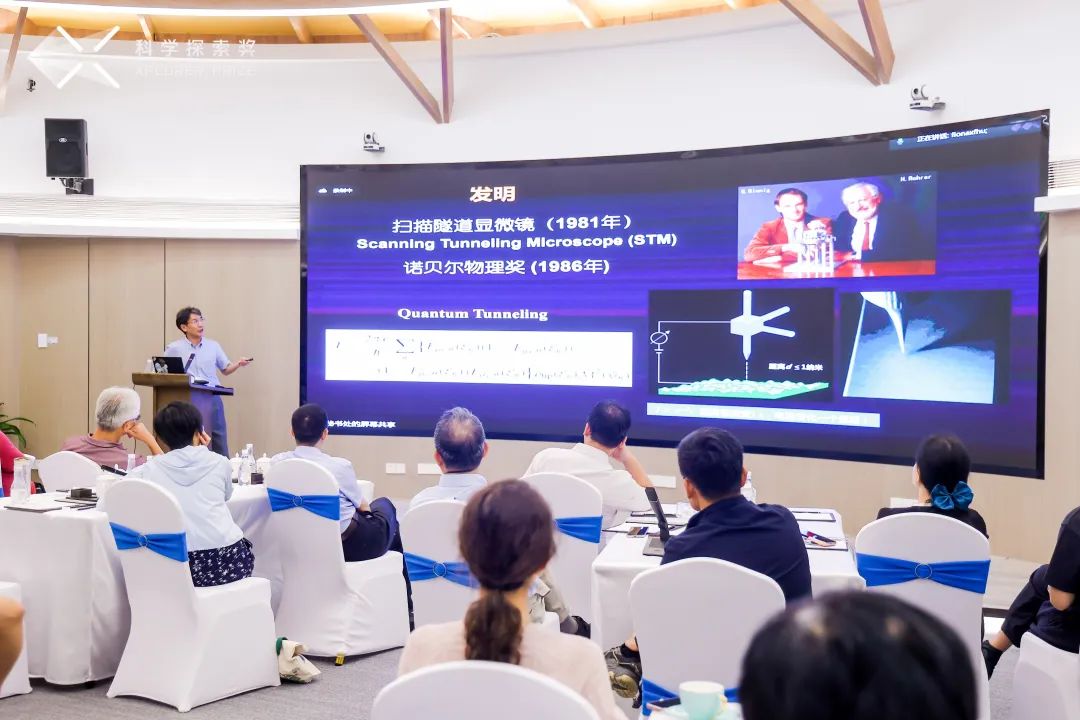
The working principle of scanning tunnel microscope is quantum tunneling. When the distance between the needle tip of the atomic scale and the sample is less than 1nm, under the condition of the outer voltage, the tunnel penetration effect will be generated between the needle tip and the sample to form an electrons, thereby forming a tunnel current.
The two scientists found that when the system was established, each of the distance between the needle tip and the sample changed one (0.1nm), and the current would change a magnitude. The unevenness on the surface of the sample surface is very large to change the current, which provides us with a powerful tool for detecting the surface appearance on the atomic scale. Scanning tunnel microscopes enable humans to achieve atomic resolution in real space, which is great in promoting the fields of surface physics research. This is a very great invention.
The technical expansion of scanning tunnel microscope is also very important. In the 1990s, nano -science rose. Scanning tunnel microscopes as scientific weapons of atomic standards have expanded in multiple aspects: one of which is atomic manipulation made by Don Eigler from IBM Lab, one Realize chemical resolution.
Other aspects of technical expansion also have time to distinguish/ultra -high vacuum/high -voltage STM, near -field optical microscope, low temperature strong magnetic field scanning tunnel microscope, atomic power microscope, etc. These very powerful representation tools are gradually developing due to the invention of scanning tunnel microscopes. stand up.
Therefore, in terms of experimental tools, these inventions, expansion and applications are worthy of our learning and reference. If you meet an important scientific instrument in your scientific career, you can think about it again, do you have the opportunity to further expand it?
2. From the perspective of material perspective, the three levels of scientific research
Similarly, in the field of material research, we can also be divided into three levels: invention, application, and expansion.
We found and invented a new material. Finding its applications, we can think about whether there is further expansion. For example, we found that the compounds of the II and Vi family have a special application, and we can find other elements with similar performance in the same family, and maybe it can expand new materials with better performance. Therefore, there are three levels of material science research.
3. From the perspective of discovery, the three levels of scientific research
Let's focus on scientific discovery. Similarly, there are three levels of scientific discovery. The first level is discovery. It refers to the "new things" of nature such as a new law, new effects, and new knowledge, that is, "from 0 to 1".
The second level is the application. This is to apply this "new thing" and new laws to a certain field to play its role.
The third level is expansion. Not only can we apply, we can also expand this new law and new knowledge, and produce new discoveries and applications in other fields. Sometimes expansion may be as important as discovery, because it may make this material more practical and cheaper and more convenient.
Take the giant magnetic resistance effect as an example
Today I will talk about the giant magnetic resistance effect that everyone is more familiar with. When a material plus a magnetic field, the load will be influenced by Lorentz during the flow of Lorenz, which will cause a resistance to generate resistance, that is, the magnetic resistance effect. Under normal circumstances, the resistance of the material becomes larger as the magnetic field increases.
In 1988, Professor Peter Grunberg, a German scientist, and Professor Albert Fert, French scientist, found that in the sand magnetic/non -ferromagnetic/ferromagnetic sandwich structure, the direction of the magnetic torque of the iron magnetic material parallel or reflection will cause huge changes in the resistance. This The phenomenon is the giant magnetic resistance effect. The discovery of the giant magnetic resistance effect is very important, and the two scientists have won the 2007 Nobel Prize in Physics.
The application of the giant magnetic resistance effect has epoch -making significance. When we store information with magnetic agency, the smaller the storage unit, the higher the information density, but the weaker the magnetic signal, the more difficult it is to detect and control.
In 1997, British physicist S. Parkin used the giant magnetic resistance effect to invented a very sensitive magnetic head, which can read the weak magnetic torque information, thereby increasing the density of information storage by 4 orders of magnitude. The hard disk necessary on the desktop computer. The application of the hard disk is based on scientific discoveries. Although the tunneling magnetorersistance is used, the basic principle is similar. S. Parkin also won the Millennium Technology Prize.
From the Hall effect to the quantum Hall effect
Next, I combined my personal scientific research experience and talked about some of my understanding of the three levels of scientific research.
In 1879, American physicist Hall applied a magnetic field on metal or semiconductor, and found that an additional potential difference was generated in the direction of current and magnetic fields. This phenomenon was Hall effect. On the basis of this discovery, Hall has further expanded. In 1891, Hall replaced the experimental materials into magnetic materials and no longer added magnetic fields. Relying on the magneticity of the material itself, it can also produce Hall effects. This is an abnormal Hall effect.
One hundred years later, in 1980, German scientist Klaus Von Klitzing found an integer quantic Hall effect. He also won the 1985 Nobel Prize in Physics.
In 1982, physicists in Bell Laboratory, Cui Qi and H. Stormer in the United States, discovered the number of sub -Hall effects. The two and R. B. Laughlin, who later explained this phenomenon, won the 1998 Nobel Prize in Physics.
In 2005, British scientist A. Geim and Russian scientist K. Novoselov prepared graphene in the laboratory, discovered a half -combined number Hall effect, and won the 2010 Nobel Prize in Physics.
Immediately afterwards, three American scientists D. Thouless, F. Haldane, J. Kosterlitz developed the theory of topology and the topology of the topology, which explained the mechanism of the quantum Hall effect physically, thus obtaining the 2016 Nobel Physics prize.
It can be seen that the discovery of a Hall effect expands more scientific discoveries. This reflects how important the choice of science and research directions is. Therefore, in scientific research, there are often new "from 0 to 1" on the basis of "0 to 1". When you encounter a good scientific problem, you need to stare at it and constantly overcome it.
Fourth, the discovery process of quantum abnormal Hall effect
In 1988, American physicist F. Haldane proposed that there may be a quantum Hall effect that may not need to add magnetic fields. However, people have not found material systems and specific physical paths that can achieve this special quantum effect.
In 2013, I led my research team to observe the quantum abnormal Hall effect from the experiment for the first time. From the perspective of scientific discovery, this is an important scientific discovery in the field of physics, and we also won the first national natural science prize in 2018. As a scientist, the most glorious moment is to receive the award certificate from the general secretary. Our team member Wang Yayu has therefore won the "Scientific Exploration Award".
Quantum abnormal Hall effect experiments belong to which level of research?
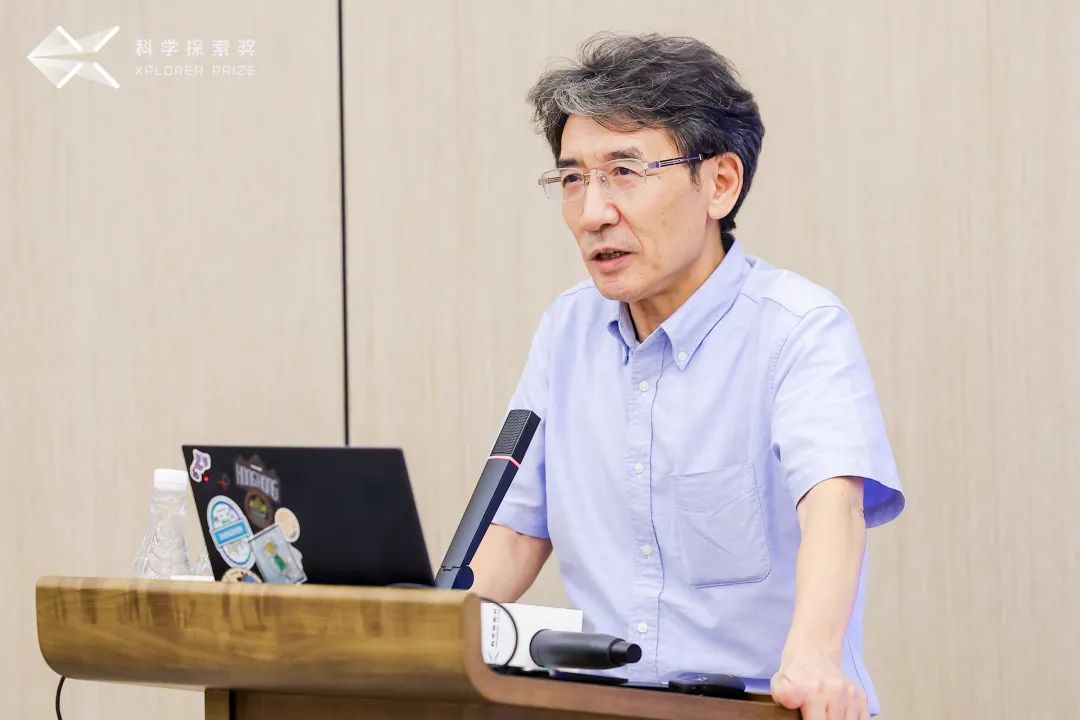
From the perspective of materials
In the former Soviet Union, a master of physics, a famous physicist Lev Landau. He put forward the theory of phase change based on symmetry in the 1930s. In the 1980s, Thouless, Haldane, and Kosterlitz, which we just mentioned, put forward new phase change theories. You can achieve phase change without requiring symmetrical breaking. At the beginning of this century, Professor C. L. Kane at the University of Pennsylvania and Professor Zhang Shousheng of Stanford University proposed the material that corresponds to the changes of the topology -topology insurmountable. This material can be changed without symmetrical breaking, which laid the foundation for achieving the abnormal Hall effect of quantum. After C. L. Kane and Zhang Shousheng put forward the idea of the topology insulation, many world -top laboratories are rushing to invest in this research field.
At this point, the material system to achieve the abnormal Hall effect of the quantum is basically available, so how can we achieve it?
From the perspective of the instrument
After strict scientific training and many years of "7-11" scientific research life, I want to expand on scientific instruments. So do we think, can we take a set of ultra -high vacuum molecules beam extension -scanning tunnel microscopy -angle resolution optical electronic energy spectrum combination system?
We set up this system in 2002. In this way, we can accurately control the growth of the film on the atomic scale, and we can observe the film growth appearance, defects, and electronic structures. Because of this expansion, we can make the best film materials in the world, which is of great significance for the realization of quantum abnormal Hall effects.
The discovery of the quantum abnormal Hall effect
With a high -quality topology insulator, the next step is to achieve quantum abnormal Hall effect. The topological insulator itself is not magnetic, and we have to find a way to introduce iron magnetism. This requires us to prepare magnetic, topological, and insulated high -quality materials. To achieve this goal, it is like a all -round champion must also be a world champion on each single. This is very difficult.
At this critical moment, our MBE-STM-AAPES device system is really used. The expansion of the instrument has played a vital role in conquering scientific difficulties.
Of course, this process is also very difficult. We have not made any progress in the past year. After more than 20 graduate students for more than 4 years, we made more than 1,000 samples. Finally, in December 2012, we successfully observed the quantum abnormal Hall effect.
5. Summary
The quantum abnormal Hall effect experiment, which has both the expansion of the instrument, the discovery or preparation of new materials, and a scientific breakthrough, so it is a better experiment that reflects three levels of experiments.
Now, many young scholars already have a very good "diamond diamond". Can we contribute to the world's science? Can you make some contributions to the country's rich and strong?
In my opinion, the highest level of scientific research is these three points:

The first is the feelings of the country's country of happiness, the country's prosperity, and the national rejuvenation cause. We must establish a firm goal of "contributing to the country" and have the feelings of "fighting for the cause of the nation".
The second is the spirit of forgetfulness for the self -reliance of technology. Each of them present is an excellent scholar in their respective fields. I hope that you can carry forward the spirit of forgetfulness and contribute to the national high -level technology self -reliance.
The third is the hero spirit of climbing the peak of the world's science and technology and winning glory for the people. In scientific, we must establish a heroism spirit for the glory of the country and glory for the nation, and inspire ourselves to climb the peak of science.
In the end, I want to use my favorite poem as the end of today. "Wangyue" from the Tang Dynasty poet Du Fu:
How about Dai Zongfu? Qi Luqing is gone.
Create Zhong Shenxiu, yin and yang cut faint.
Zeng Yun was swayed, and he decided to enter the bird.
It will be the top of Ling, and the mountains are small.
If you use the mind and realm of "Swinging the chest" to do scientific research, use the concentration and insight of the "decision to enter the bird" to grasp the essence of things, and pay hard work and struggle. On the higher peak of science, "it will be the top of the mountain, and the mountains are small."
It is hoped that the outstanding young people present to shoulder the mission and responsibility given by the times, establish a great ideal, properly handle the dialectical relationships of three levels, be brave enough to study hard bones, be willing to study, and contribute to the national high -level technology self -reliance and human scientific and technological progress. Youth and Power!
Thanks!
Cooperation: [email protected]
Submission: [email protected]

Like this article? Praise + watch support!


- END -
Liu Yongchun, deputy secretary of the Municipal Party Committee of Anhui Province, went to China Goat Milk Science and Technology City to investigate
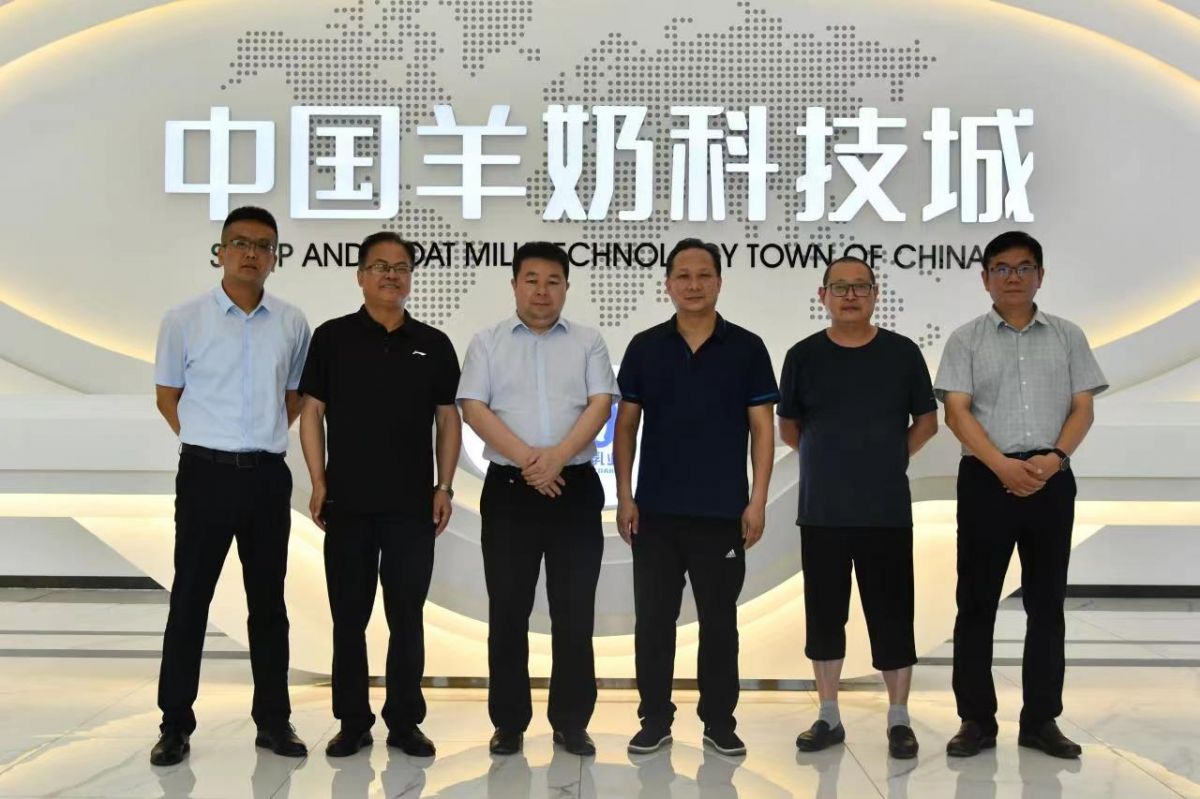
On June 27, Liu Yongchun, Deputy Secretary of the Municipal Party Committee and Ex...
These technological means ensure the safety of the water quality of the pool
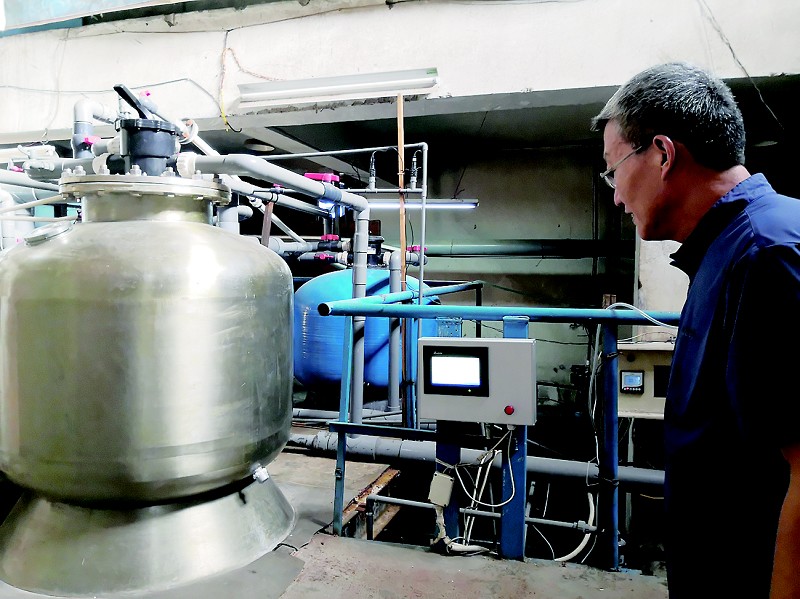
Intelligent device controls low -voltage current degradation ureaHigh temperature ...